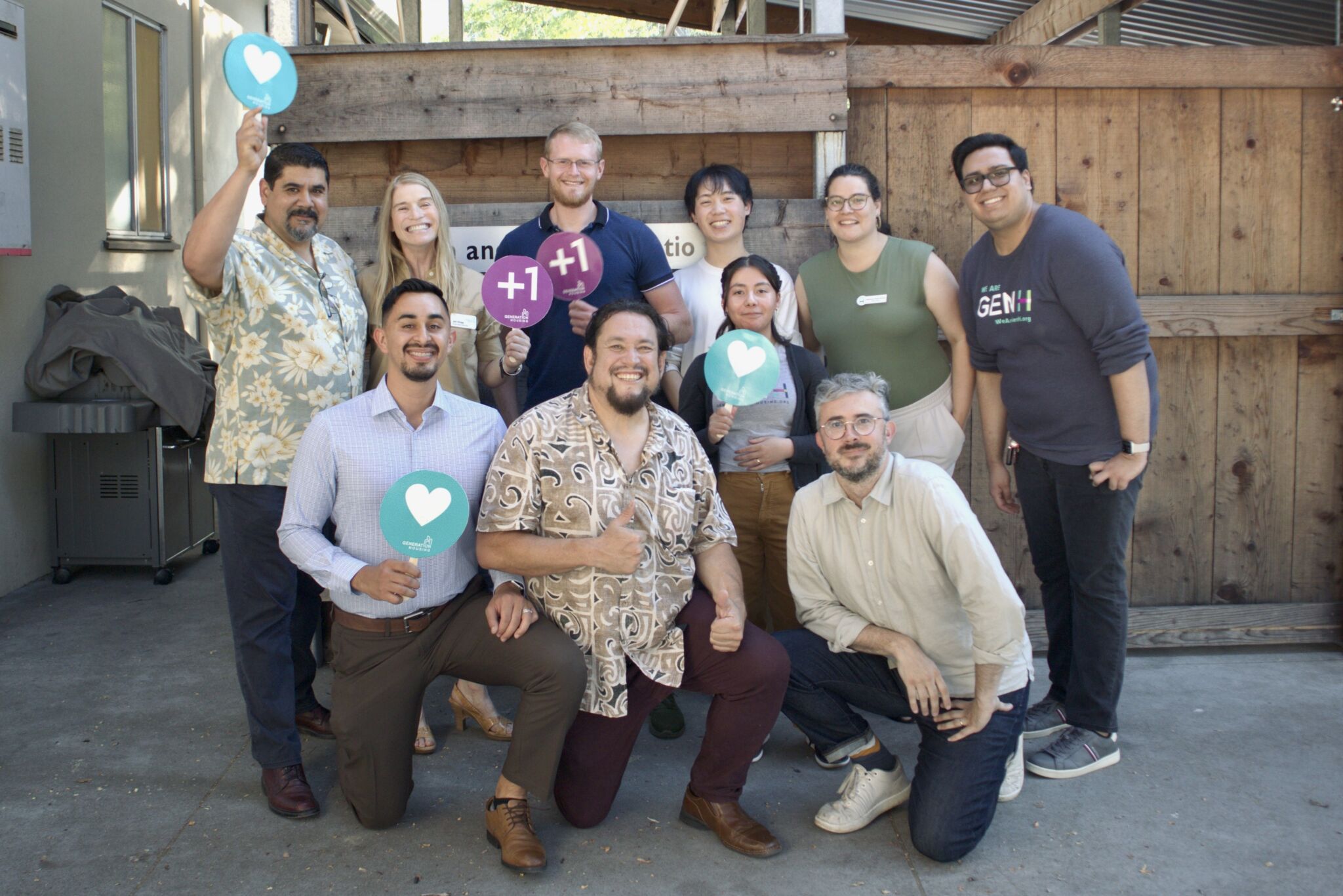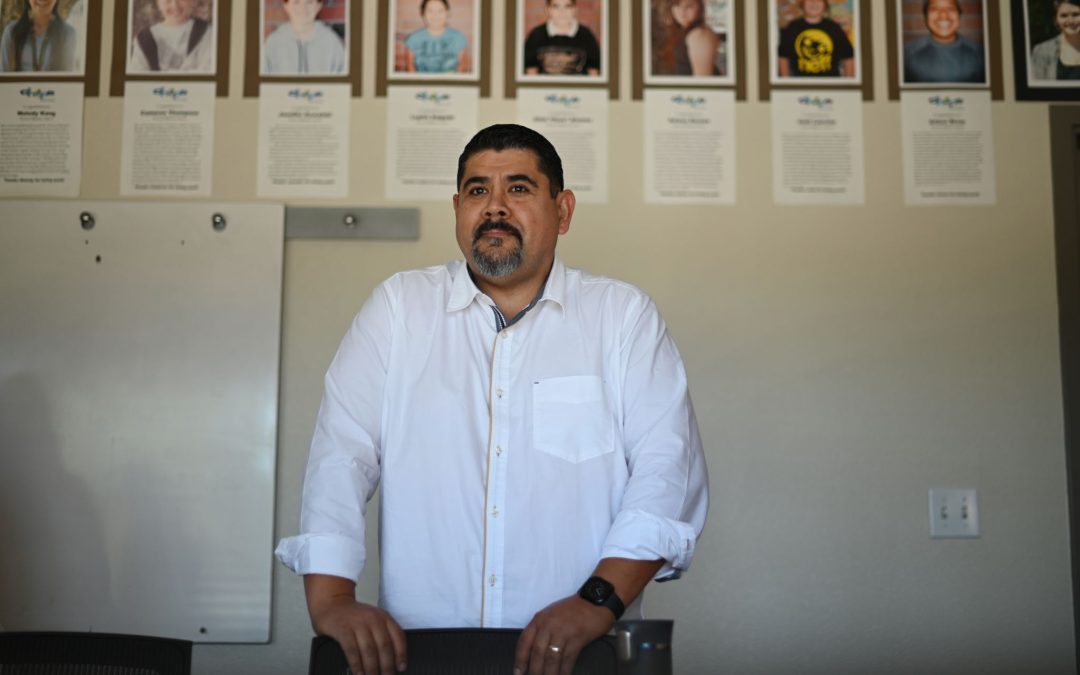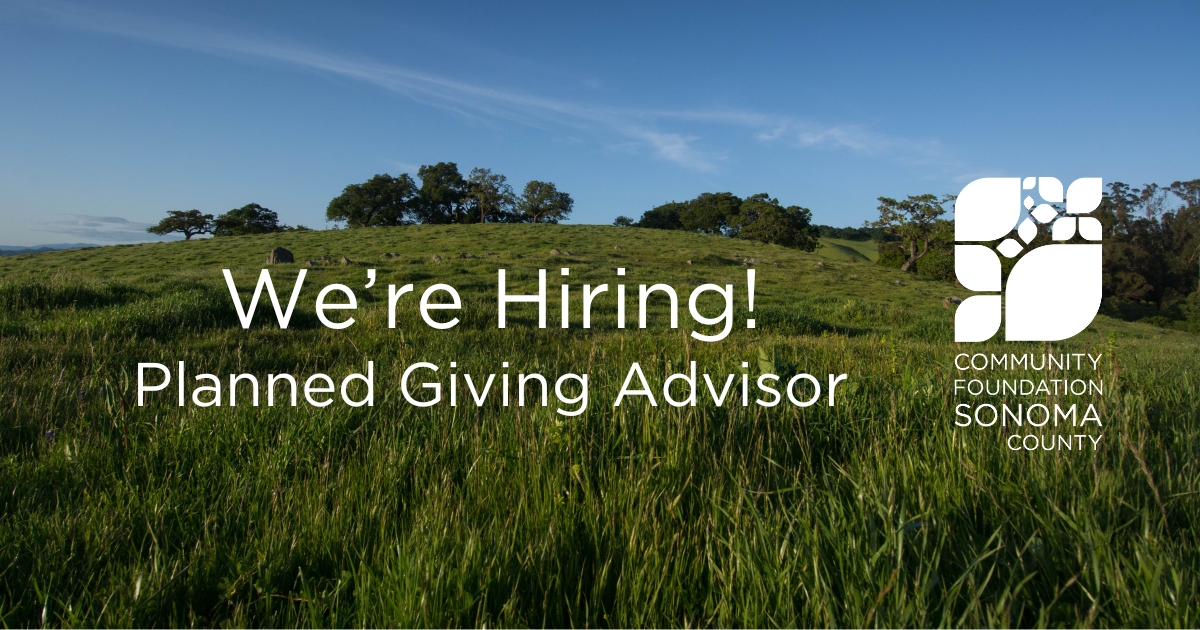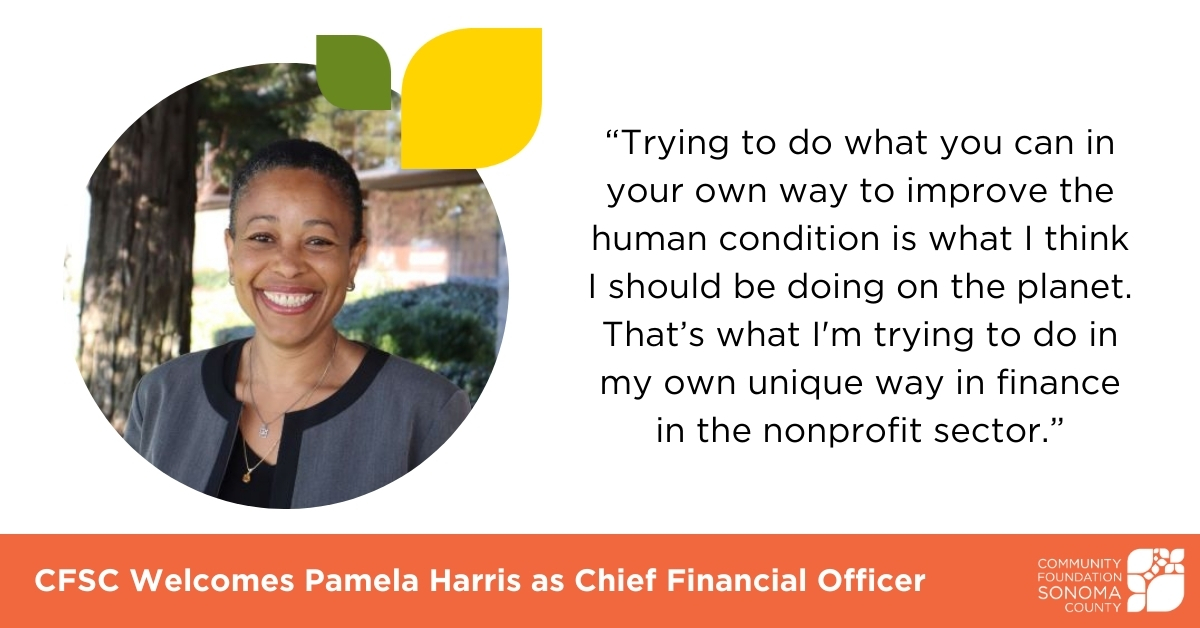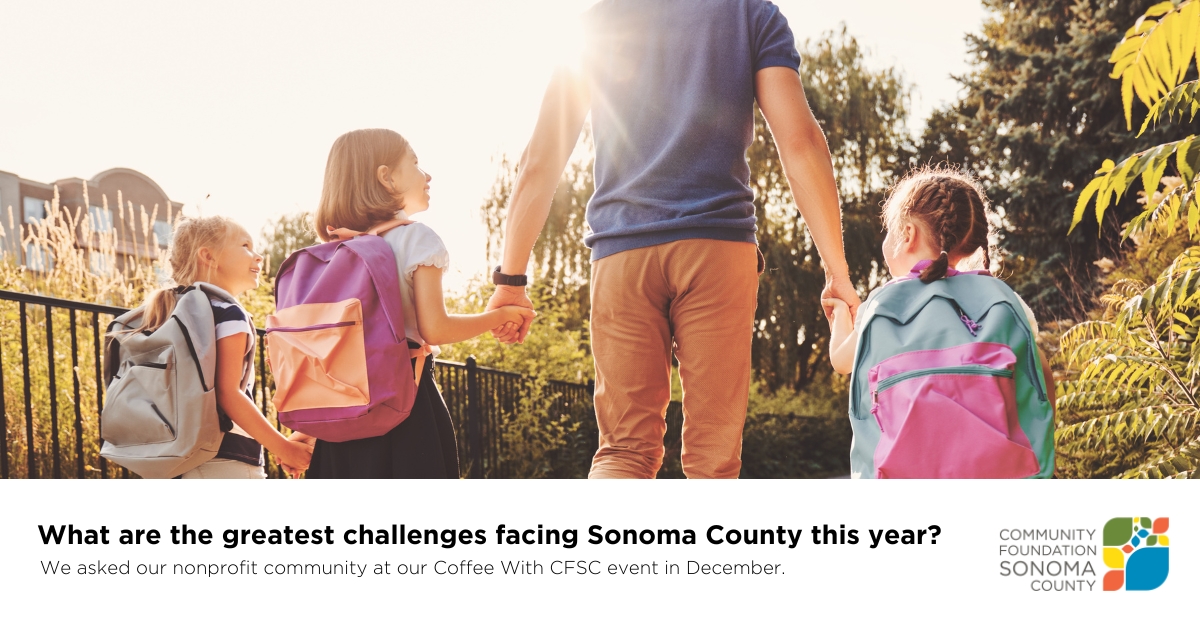California’s housing crisis is nothing new, and the 2017 fires in Sonoma County only exacerbated the ongoing issue. Jen Klose, founder and Executive Director of Generation Housing has been working on finding solutions to the many barriers to local housing.
After the fires, research determined that the lack of public and political will was the primary barrier to creating affordable housing in Sonoma County and an incubation committee was formed to discuss the issues, funded by grant money from the Community Foundation Sonoma County Resilience Fund. At the time, Klose was the president of the school board in Santa Rosa City Schools, which was the most impacted school district, and she served on the committee for a year. The process brought the realization that a formal advocacy group was needed to address the varied and complex issues surrounding housing in Sonoma County. Generation Housing was launched in early 2020.
“We do [advocacy] with an equity lens and a sustainability lens so that we make sure that our bandwidth is spent where it is most needed. And where we can be most impactful,” says Klose.
Generation Housing focuses on five primary buckets of advocacy work. The first consists of project advocacy, which helps push promising housing development projects across the finish line by garnering public and political support.
This area of their work has ensured that at least two affordable housing projects with fierce opposition were saved. One was an affordable housing project with 50 units in Santa Rosa, and the other was a 75-unit project for farmworkers in Cloverdale.
The second aspect of their work is advocating for housing policy.
“We can advocate to protect the 75 units at a time with the projects,” says Klose. “But changing policy in a way that can incentivize development or incentivize the right kind of development—whether it’s at the state level or the local level—is where I think we can have really long-lasting, systems level impact.”
Generation Housing also works collaboratively with other organizations to help draw financing for housing. One of their biggest financial advocacy wins was leading the effort to ensure that Sonoma County (along with Butte and Napa Counties) got their fair share of wildfire disaster tax credits that Congressman Thompson had advocated for. Initially it seemed that all of the funds would go to Los Angeles and Orange Counties, but Generation Housing worked to get those funds distributed across Northern California, as well.
Public and political will is another area of advocacy focus and the organization puts a big emphasis on messaging, along with art and education campaigns, in hopes of changing the way community members look at housing issues. Connecting housing and climate, and framing housing as a “people issue” rather than just focusing on the building aspects, is a focus of their messaging work.
“We want people to agree on some basic stuff like teachers need affordable places to live, and slightly thornier issues, like prioritizing places to live over parking spots, for example,” says Klose. “We are really trying to humanize [housing] and get people to understand that the folks who need affordable housing are not dangerous people; these are the folks that get your coffee every day or take care of your aging mother or teach your kids.”
Generation Housing also works to elect and educate policymakers. For the past two election cycles the organization has hosted a “Housing 101” forum for elected officials, informing them about zoning, the housing element, and more. They’ve also conducted research and writing to make sure that the public is educated about issues related to housing.
A newer and more timely aspect of their work is being directed toward regional coalition building, specifically with Marin and Napa Counties, ahead of the 2024 elections. There will be two important housing issues on the ballots that year; one is a state constitutional amendment that would lower the voting threshold for local housing measures to 55% instead of a super majority. It would also expand the uses of the money. Currently, most funds for housing development in Sonoma County are allocated for the brick and mortar building of properties, but not for services that can help many at-risk people remain safely housed.
“You can convert a motel, you can build tiny homes, you can do all these things, but what there isn’t funding for are the services that actually make those successful,” says Klose. “It’s one thing to get folks off the street, it’s another thing to work with people who are very vulnerable; right now you can’t use that kind of money for services and it’s the most important part of it.”
The second thing on the upcoming ballot is a regional bond measure for the San Francisco region which could bring in at least 10 billion dollars to the Bay Area.
“At 10 billion dollars, that would be 403 million dollars for affordable housing in Sonoma County. And that’s a lot of money,” says Klose.
Each aspect of the work Generation Housing does is interconnected and effective. Klose hopes more people in support of affordable housing in Sonoma County will make their voices heard through voting and advocating for it to their local elected officials.
As they gear up for next year’s campaigns, Klose says the work wouldn’t be possible without financial support through grants like those from Community Foundation Sonoma County’s Resilience Fund.
“They’ve given us general operating support and that’s the most helpful kind of money. It’s what really helps us move forward because we don’t make anything and we don’t provide direct services,” says Klose. “We provide our time and brain power and products that are more intellectual in nature and organizing time. So that kind of grant making is invaluable.”
Story by Dani Burlison

